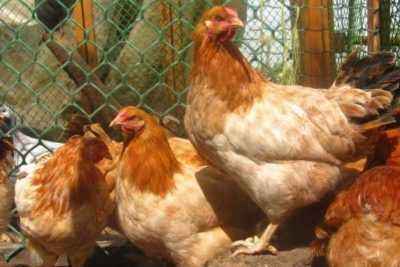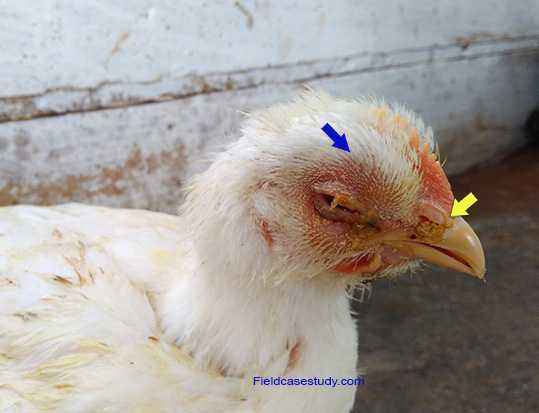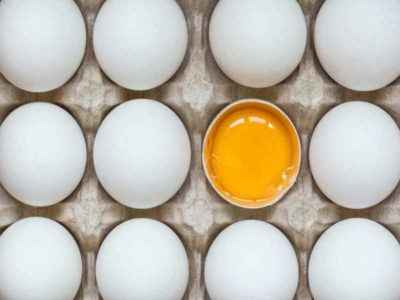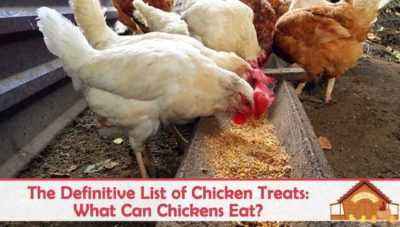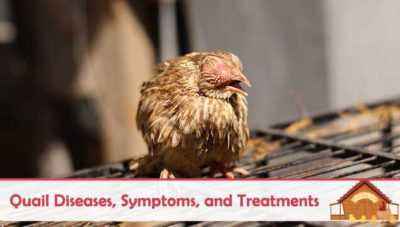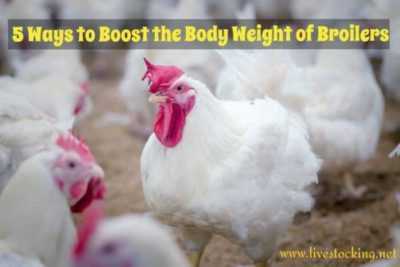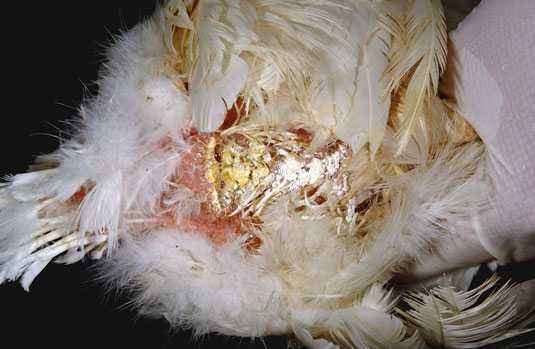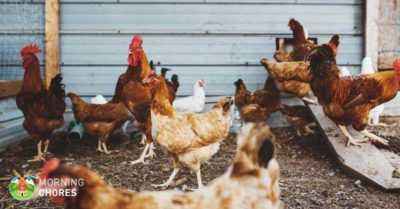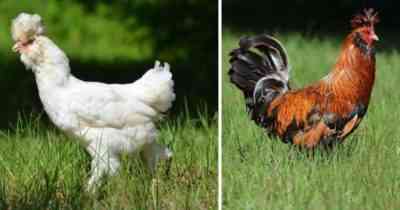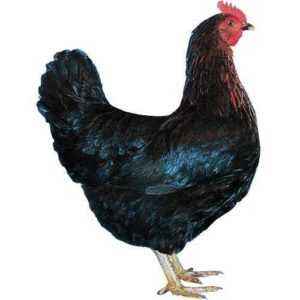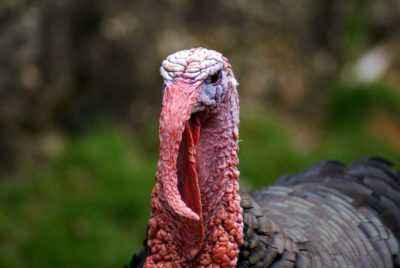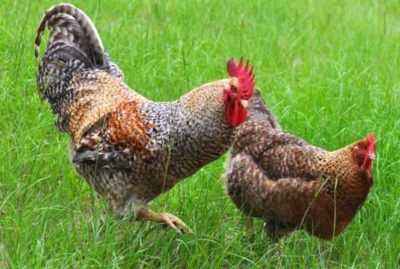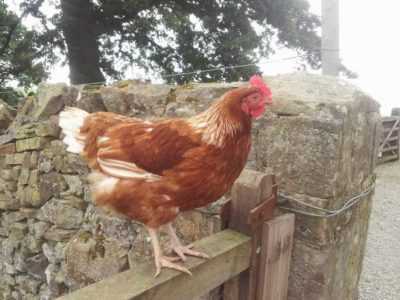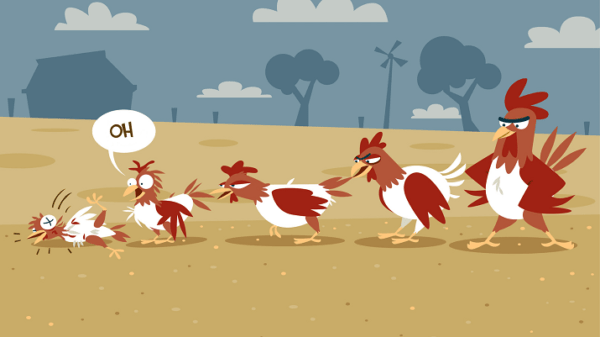Chickens Highsex Brown is a cross related to the egg direction. Bred in Holland in 1970. In addition to the Brown line, there is also a variant of Highsex White, which is inferior in productivity to its brown counterparts. Despite the fact that the breed is relatively new, it has spread throughout Europe, as well as in the United States and Canada. You can find hens of this cross in Russia. The feedback from farmers about him is mostly positive.
The appearance of the Highsex Brown chickens and males was not remarkable, because they were bred primarily for egg production, and not to decorate the yard. They are a bit similar to the Loman Brown breed, but they also have their own differences.Here is a brief description of the appearance and characteristics of the cross:
- the head is mediocre;
- the scallop is medium, pea-shaped, can stand straight or hang down to the side;
- the earrings are round, bright scarlet shade;
- eyes are special, light green in color;
- “face” with a pink thin skin;
- beak is average, even and quite strong;
- the body is compact and muscular;
- the wings are small, tight-fitting to the sides;
- the plumage is very soft and silky, plump;
- color feather – brown-red first, from the chickens evenly throughout the body, in males darker on the collar, back, tail and pants, plaits cocks may be black. In some individuals, the tips of the feathers on the wings and tail can be painted white.
White hens almost do not differ in appearance from brown ones, this can be seen by looking at the photos. The only difference is the weight and color of the plumage. The Heisex Brown laying hen has a calm, unobtrusive character. They do not suffer from stress, never panic, they are happy to make contact. Cross is highly resistant to many diseases , but poultry farmers recommend routinely vaccinating all birds, especially when heaped.
Breed productivity
Haysex brown hens, except high productivity in the egg direction, they also have a good body weight, in contrast to the White line.Some poultry farmers even attribute them to the meat-producing direction . This is not entirely true, but in private households they are often grown for both eggs and meat. Here are the key performance indicators for Highsex Brown chickens:
- a rooster weighs 2.6 kg (sometimes up to 3 kg), a chicken weighs 2.3 kg;
- number of eggs per year is 305 -320 pieces, in 80 weeks the chicken carries 363 pieces;
- the average weight of an egg is 70 g;
- the shell is brown, strong;
- feed consumption per 10 eggs – 1.3 kg;
- fertilization of eggs – 99%;
- hatchability of chickens – 95%;
- survival of chickens – 99%;
- the viability of adult hens is 99%.
White cross, compared to brown, has more modest indicators, although they do not differ radically. Here is a brief description of the White cross:
- the cock weighs 1.8 kg, the chicken 1.6 kg;
- the egg production is 300 pieces per year, they also begin to rush early;
- the color of the shell is white, it is more fragile than that of the cross Brown;
- the mass of one egg is 60 g;
- feed consumption per 10 eggs is 1.25 kg;
- chick survival is 95%.
The remaining indicators for both varieties are the same. As you can see, the Haysex Brown breed of chickens is more profitable in breeding, as it has better productivity. Reviews of poultry farmers, both private traders and industrialists, have repeatedly confirmed this, and the widespread replacement of white cross with brown speaks for itself.
Advantages and disadvantages of the cross
Laying hens Brown Hayseks have many advantages, not without reason they won the hearts of farmers. The advantages of the breed include:
- high egg production;
- early maturation, young growth begin to rush at the age of 150 days;
- large egg weight;
- maintaining good egg production up to 2-3 years;
- relatively large body weight, which allows you to get not only eggs but also meat from chickens;
- low feed consumption for such high productivity;
- resistance to various diseases;
- high survival and hatchability of chickens;
- calm nature;
- unpretentiousness in the content.
The description of the pluses does not mean that the breed has no cons. There are not so many disadvantages of cross. The downside is considered to be a drop in meat quality after 2-3 years, therefore, it is advised to replace the herd after a year: this will constantly maintain high egg productivity of chickens and get tasty, tender, and not tough meat.
Content chickens
The content of Highsex Browns is simple, they are unpretentious, so even novices can grow chickens. the chicken coop should be light, with good ventilation. Hens do not tolerate cold too well, therefore it is advisable to equip heating. In winter, the temperature should not fall below 18-20 ° C, otherwise the egg production will drop sharply, birds will lose their appetite, their joints and throat may become inflamed.With good ventilation, there should be no drafts in the house.
Highsex Brown chickens are universal, they can be kept both in cages and on free-range. For 1 square. m premises should not hold more than four birds. Laying nests are arranged at a height of 40 cm from the ground. The area of one should be 25 cm². It is not necessary to enclose the territory for walking with a high fence; the Highsex Brown chickens fly poorly. For 1 bird should be at least 1 square. m walking area.
The litter in the chicken coop may be standard. Slaked lime is poured onto the floor so that it draws in excess moisture and neutralizes germs. Then a layer of straw, peat or shavings with a thickness of 15-20 cm is applied. You can not completely change the litter, only the upper, contaminated part can be removed. Every six months in the chicken coop do spring cleaning. It is important to take care of good lighting. If winter daylight hours are artificially extended to 14-15 hours, the number of eggs will not decrease.
Feeding birds
As already mentioned, laying heisex brown brown are unpretentious in eating . They can be fed with both ready-made compound feeds (as is often done on industrial farms) and food available for private households. A grain mixture that completely replaces feed can be prepared as follows:
- wheat grain – 40%;
- corncobs – 40%;
- crushed peas or other legumes – 20%.
In winter, in addition to grain, chickens are given wheat bran, cake (meal) from sunflower or soybeans, boiled potatoes, fresh vegetable peels, and grass flour. Also in the diet include brewer’s yeast, meat and bone meal, chalk, salt, crushed shells. To increase egg production – premix and other vitamin supplements.
In the summer, roosters and chicken enjoy eating zucchini, pumpkin, cucumbers, tomatoes. You can give them the tops of plants (peas, carrots, beets). If the birds are free-range, they can independently find worms, snails, beetles, and other protein-rich foods. With a cellular content, chickens can be given reverse, special protein supplements. Of plant foods, a lot of protein is found in oats, corn, and legumes.
120 g of food will be needed per day for 1 individual. It should be balanced, consisting of grain or compound feed, wet mixes, greens. Also on the menu are vitamin and mineral supplements. Feed the chickens twice a day. In the morning they give wet food and greens, in the evening – dry grain. As already mentioned, 1.25-1.3 kg of feed must be spent on a dozen eggs produced.
Breeding Features
Highsex Chicken Breed Brown is a hybrid, it retained the ability to fertilize eggs, but if you breed it yourself at home, you won’t be able to get young animals with all the signs of cross-country, so you need to buy either an incubation egg or ready-made chickens.
The hatchability of young animals is high. Even with minimal experience, you can get good offspring from the incubator. It makes no sense to lay eggs under the chicken of Highsex Brown, cross has lost its maternal instinct, but laying hens of other breeds can become excellent mothers for chicks, if it is not possible to bring them artificially.
Care for the chicks
The chickens must be kept warm from the first days. The air temperature should be 28-30 ° C. It is advisable to maintain round-the-clock lighting in the early days. From 2-3 days it begins to be reduced daily by an hour, while the temperature is reduced by a degree. To facilitate the rearing of young animals in the early days, you can buy a special brooder.
It is important to maintain cleanliness in the box where the chicks live. The litter is made of moss or straw; it is changed daily. A little potassium permanganate or an antibiotic solution can be added to the drinkers to prevent infection. Walking on the street of chickens can be released per week for 30-40 minutes. From two weeks they can walk all day.
One of the features of the Highsex Brown breed is the ability to easily distinguish between males and chickens . Daily chickens begin to molt, but in hens the process is faster than in males. 24 hours after birth, the females are covered with a brown fluff, and the males still remain yellow. This is the best time to separate and grow them in different crates.
Feeding the young
Feeding the chickens is standard. In the early days, the birds are given a boiled egg or cottage cheese mixed with finely chopped herbs. You can pour fresh milk into the drinkers. It is important to ensure that it does not sour: this will harm the stomach of small chickens and may even cause their death.From 2-3 days, crushed grain is added to the diet (sometimes it is replaced with special compound feed for young animals) and boiled vegetables.
Up to 2 weeks, the chickens are fed 6 times a day, then they are transferred to four meals a day for up to 1 month. . From a month to two, chicks eat three times a day. From the age of two months, chickens can switch to an adult diet and feeding regimen.
Cost of young animals
How much do eggs for incubation and daily chickens cost? Cross Highsex Brown is not too expensive. An incubation egg can be bought for 20-30 rubles, chicks are sold for 70-100 rubles. You can buy adult laying hens, their price is 350-500 rubles, depending on the economy. Of course, it is most profitable to buy eggs or young animals, but young hens will immediately lay eggs.
Before buying, you must definitely study the photo of the breed, find out how these hens differ from others, look at the breeding guide, it’s good to choose a producer. It is better to buy not from private traders, but at large poultry farms that specialize in cross-breeding, because at home it is impossible to get purebred birds, and crossbreeds do not have the required productivity.


